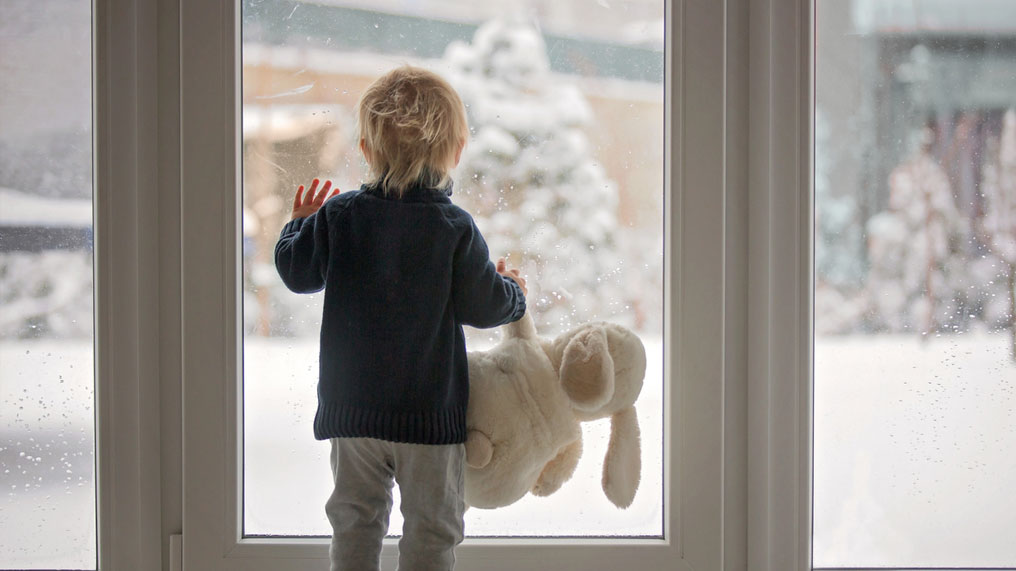If you’re trying to move around the house quietly – perhaps nipping to the loo in the middle of the night while everyone’s asleep - then there’s nothing more incriminating (or annoying) than a squeaky floorboard.
Read on to see if your squeaky floorboards are a simple fix, or if you have more serious problems.
Examine the area
If there’s a floor covering, carefully remove it so you can examine the boards. Jump lightly on the squeaky area. If you’re getting movement or bounciness, there could be a problem with the supporting wooden joists underneath the boards. In this case, it’s worth getting the advice of a professional because some extensive repairs may be needed.
However, if the floorboard is firmly fixed, try dusting the cracks with talcum powder or graphite powder lubricant. This might help solve the problem.
Loose boards
Fixings can sometimes become loose and allow a board to move a little. If this is the case, take out old screws or use pliers to carefully ease out any old nails. Lift the board and take a look underneath. Are there pipes or wires? These will need to be avoided when you use the new fixings, so make a note of where they are.
Screws vs brads
Choose your fixings. You can either use screws or blunt L‐shaped flat nails known as brads. Both options have their pros and cons.
-
Countersunk woodscrews usually offer the best hold. When used under a floor covering they’re easy to unscrew in order to access the void underneath the floor. However, in exposed settings, the screwhead can become blocked - consider a slotted screw in this instance.
-
Brads are the traditional choice and may be preferred if you have an older property or your boards are exposed. The downside is they can split the wood, so they aren’t suitable for use within 3cm of the ends of the board. In addition, the vibrations caused by hammering can lead to neighbouring boards working loose.
Replace your board
When the time comes to put the board back into position, fixings should be placed so they go through to the joists, avoiding any pipes or wires.
-
If you’re using screws, pre-drill pilot holes (ideally with a 2mm drill bit) and then countersink the holes for a flush finish.
-
If you’re using brads, line them up so they’re parallel to the grain of the wood and hammer them in. Use a hammer and punch to finish off each brad with a sharp tap, so the head sits just below the surface of the board.
Remember, these are just a few of our tips. You'll find lots more advice online on how to check and fix your squeaky floorboards. So, if that creaking sound is slowly driving you insane, getting it sorted may not be as difficult as you think.




